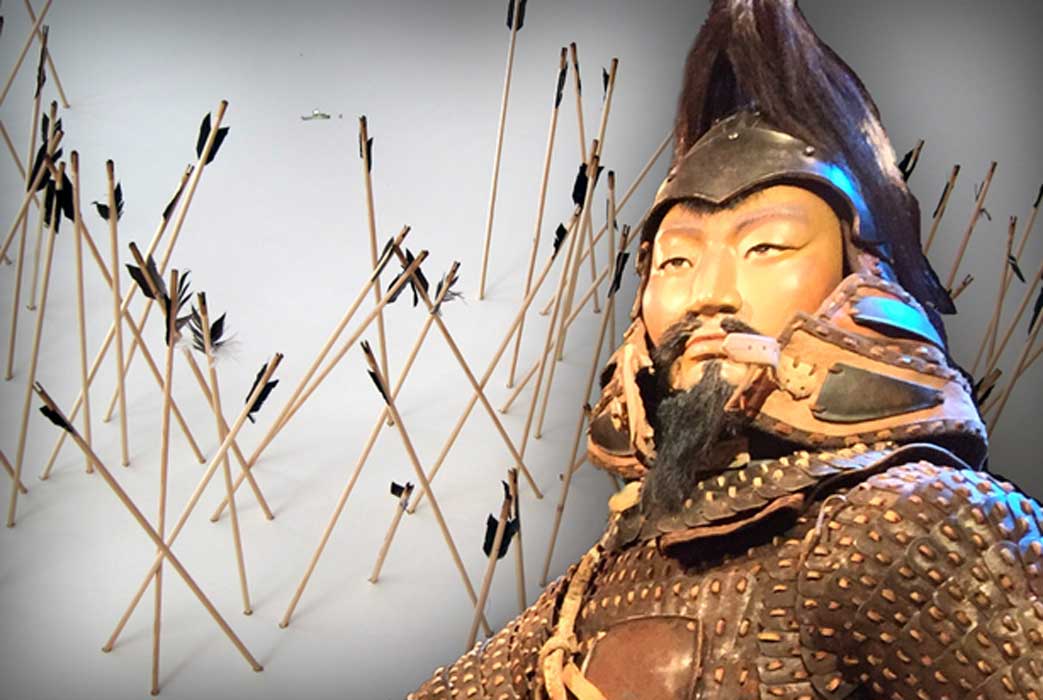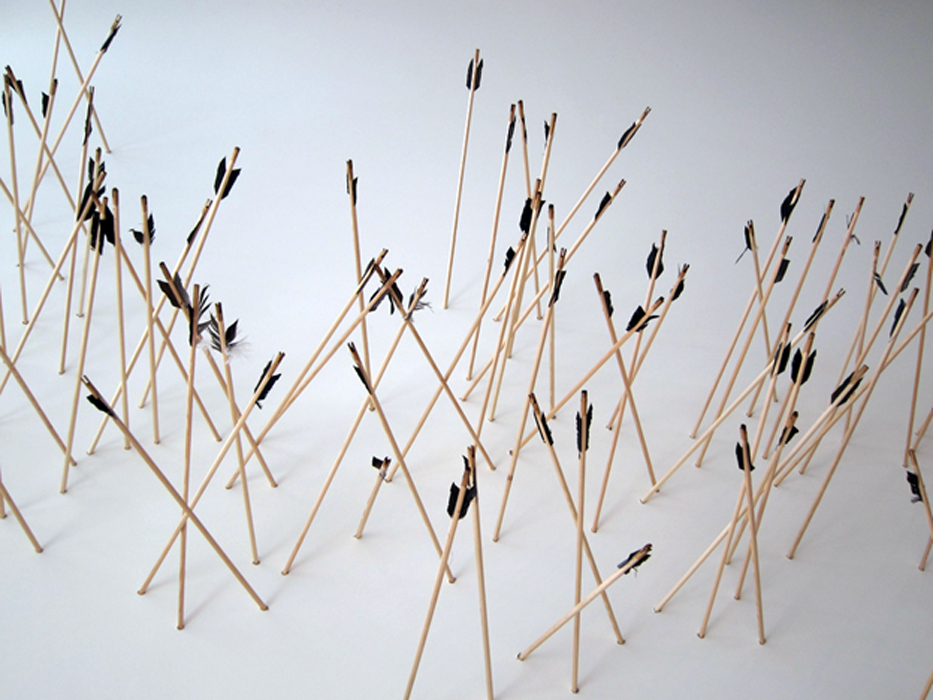
How Did They Do It? Masters of the Steppe: Armed to the Teeth with Weapons and Poison—Part II
Much is known about the ancient Mongol military and their incredible victories on the battlefield, but little is ever discussed about their arms, armor, horses, and logistics. What gear did they use? How did they deal with their wounded? How did they partner with horses to become masters of the steppe?
The Mongolian soldier’s bows and arrows are perhaps their best-known weapons – their famous riding and archery skills were a sight to behold, as long as they weren’t targeted at you.
A Deadly Rain of Arrows, Piercing and Slicing

Enemies of the Mongolian armies feared a deadly rain of arrows. (CC BY-SA 2.0)
The arrows the Mongolian military used varied in size, weight, and function. When it came to length, the arrows were roughly over two feet (0.6 meters) in length. Wood used to make the shafts was usually willow, birch, and juniper. The shaft of the arrow thinned out towards the notch of the tip. To make an arrow, the Mongol archer would take an iron tanged arrowhead and carefully hammer the point of the tang into the shaft without splitting it. If the top of the shaft split due to the tang, it would be bound with cord. To further strengthen a damaged shaft, the surface was layered with birch bark.
READ: [The Gear and Guts of the Mongol Military—Part I]
When it came to feathering the arrow, the Mongols used a variety of bird feathers. Eagle feathers were the most commonly used but the Mongols also used the feathers of geese, kites, blackcocks and woodpeckers. On an interesting note, when using feathers, if a feather taken from the right wing was used, the arrow would spin to the right during flight, if taken from left wing, it would spin to the left.

Kazakh-Mongolian Hunter and his Eagle. (CC BY-SA 3.0)
Traveler Marco Polo placed arrowheads in two classes: light ones with small sharp points for long-range shooting and pursuit, and heavy ones with large, broad heads used in close quarters. Carpini states that the arrowheads cut two ways, and were hardened by dipping them while red-hot into brine, after which they were so rigid they could pierce armor. A general by the name of Meng-Hung, who served the Sung Dynasty and who put up a strong resistance to the Mongols in 1230s mentions three type of arrows: the sounding arrow, the camel-bone arrow, and the armor-piercing arrow.




